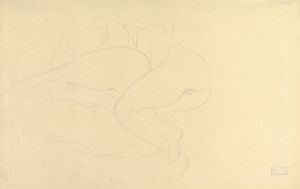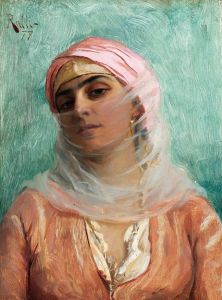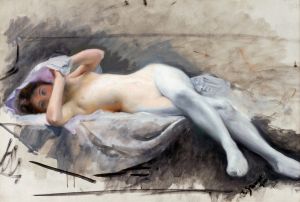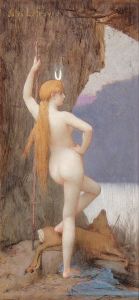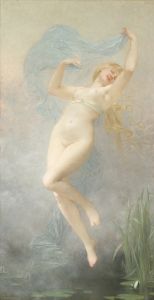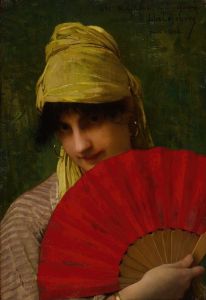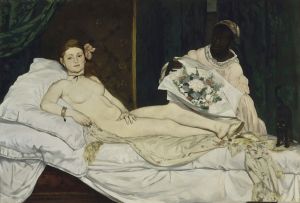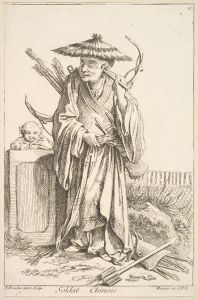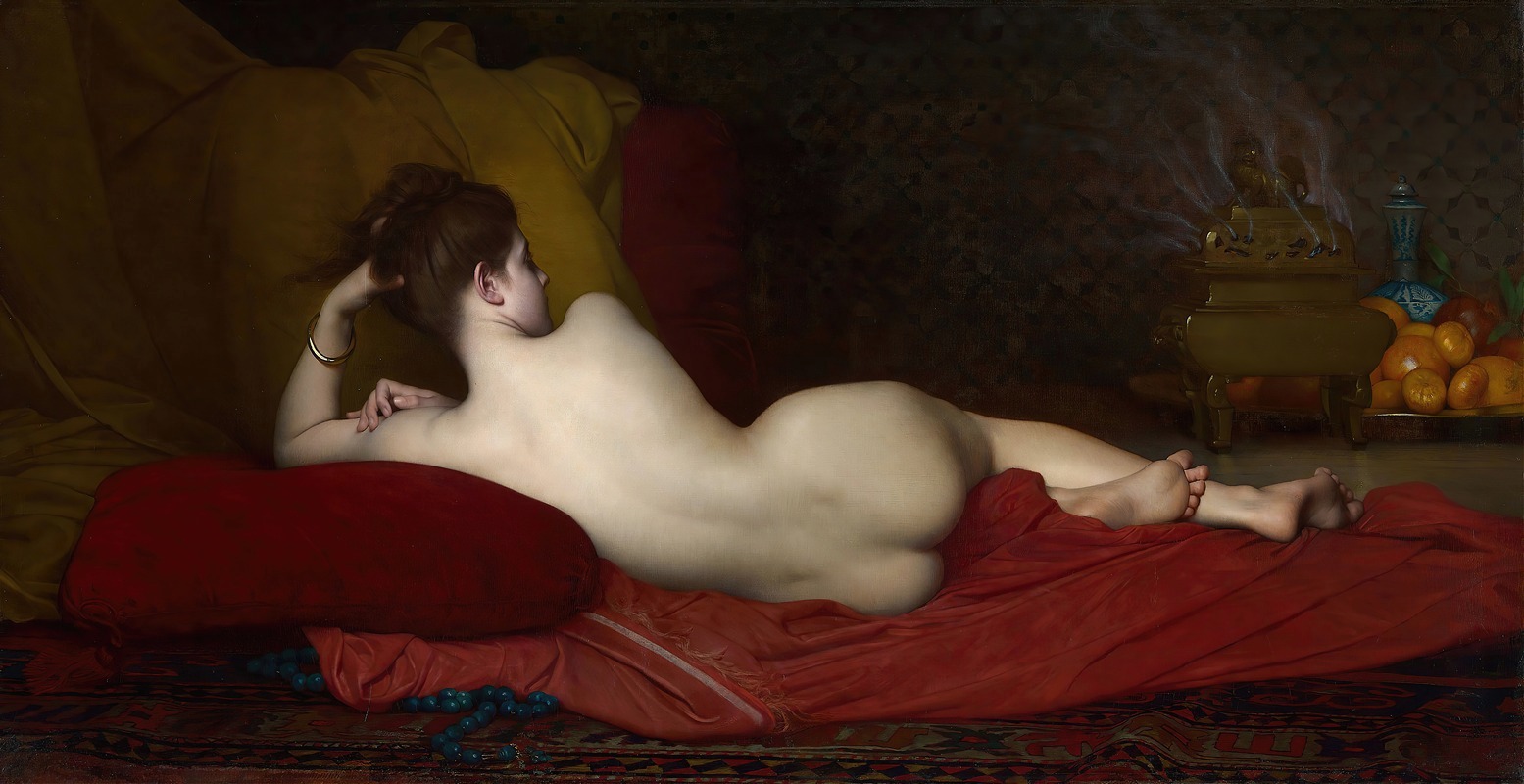
Odalisque
A hand-painted replica of Jules Joseph Lefebvre’s masterpiece Odalisque, meticulously crafted by professional artists to capture the true essence of the original. Each piece is created with museum-quality canvas and rare mineral pigments, carefully painted by experienced artists with delicate brushstrokes and rich, layered colors to perfectly recreate the texture of the original artwork. Unlike machine-printed reproductions, this hand-painted version brings the painting to life, infused with the artist’s emotions and skill in every stroke. Whether for personal collection or home decoration, it instantly elevates the artistic atmosphere of any space.
"Odalisque" is a painting created by the French artist Jules Joseph Lefebvre in 1874. Lefebvre was a prominent academic painter known for his meticulous technique and his focus on the human figure, particularly female nudes. The painting "Odalisque" is one of his most celebrated works and exemplifies his skill in rendering the human form with precision and grace.
The term "odalisque" refers to a female slave or concubine in a harem, particularly within the context of the Ottoman Empire. This theme was popular among 19th-century European artists, who were fascinated by the exoticism and sensuality associated with the Orient. Lefebvre's "Odalisque" fits within this tradition, presenting a romanticized and idealized image of an Eastern woman.
In "Odalisque," Lefebvre depicts a reclining nude woman, her body partially draped with a richly patterned fabric. The composition is carefully balanced, with the figure's pose creating a sense of relaxed elegance. The woman's skin is rendered with a smooth, almost porcelain-like quality, highlighting Lefebvre's mastery of light and shadow. Her expression is serene, and she gazes directly at the viewer, creating an intimate connection.
The background of the painting is relatively simple, ensuring that the viewer's attention remains focused on the figure. The use of warm, muted colors adds to the overall sense of tranquility and sensuality. The intricate details of the fabric and the careful rendering of the woman's form demonstrate Lefebvre's dedication to realism and his ability to capture the subtleties of the human body.
"Odalisque" was well-received when it was first exhibited at the Salon of 1874, a prestigious annual art exhibition in Paris. The painting contributed to Lefebvre's reputation as a leading academic painter and solidified his place in the art world. Today, "Odalisque" is considered a prime example of 19th-century academic art and continues to be admired for its technical excellence and aesthetic appeal.
Lefebvre's work, including "Odalisque," is often associated with the broader Orientalist movement in European art. Orientalism refers to the depiction of Eastern cultures by Western artists, often characterized by a blend of fascination and exoticism. While Orientalist works like "Odalisque" are celebrated for their beauty and craftsmanship, they are also critiqued for their stereotypical and sometimes romanticized portrayals of Eastern subjects.
"Odalisque" remains an important piece in the study of 19th-century art, offering insights into the period's artistic techniques, cultural attitudes, and the enduring allure of the human form. The painting is housed in the Musée d'Orsay in Paris, where it continues to draw the admiration of visitors from around the world.





